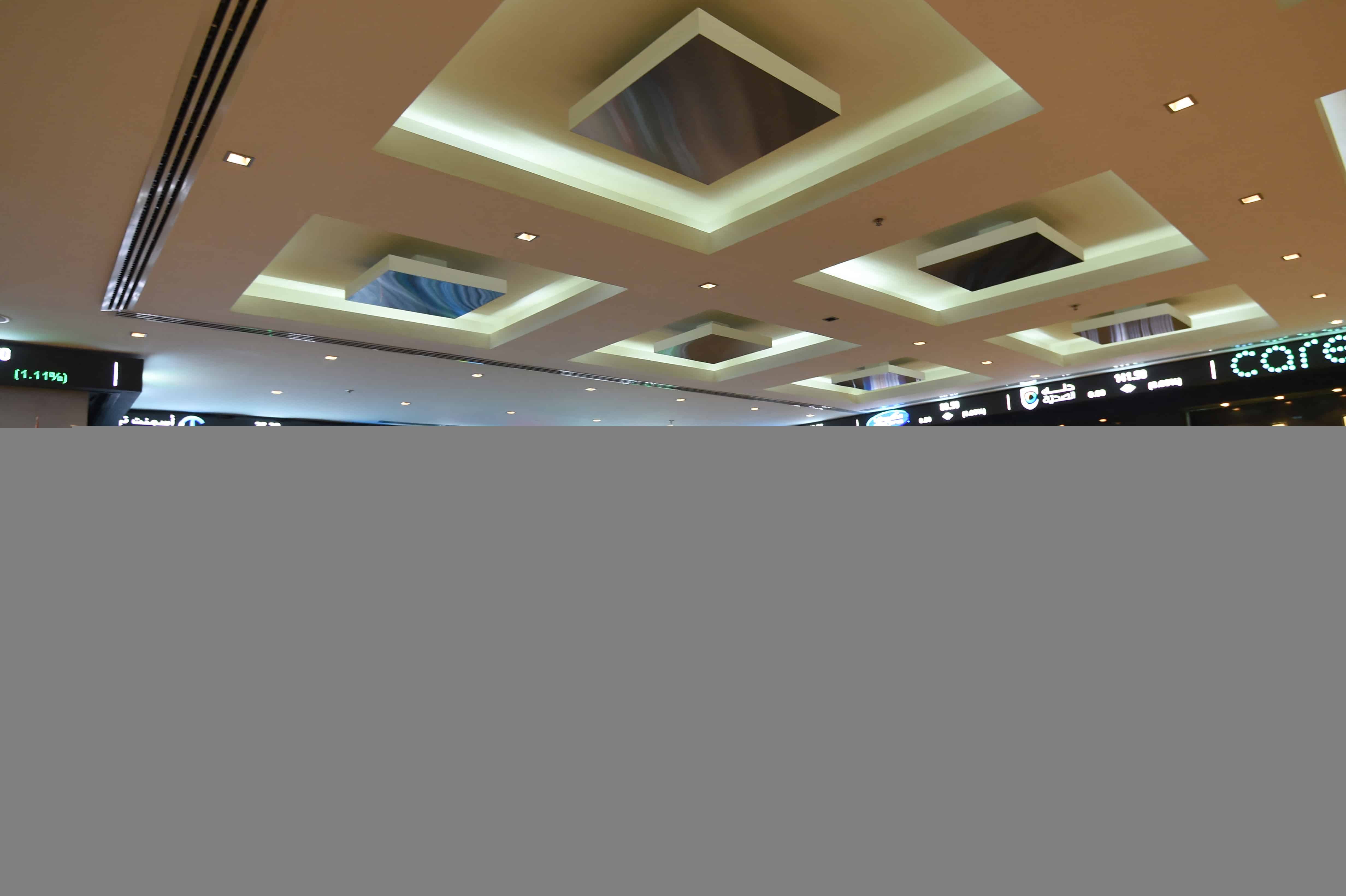Despite an increase in the number of cases of the Omicron mutant of the Coronavirus, which is spreading worldwide, investors remained confident in the Saudi stock market this week. In the UAE, the Etisalat Group’s share price increase broke a seven-session losing streak for the Abu Dhabi index, while the Dubai index fluctuated.
The main Saudi stock index (TASE) closed high, gaining 121.93 points, to close at the level of 12,079.01 points, with deals worth SR. 7.7 billion.
According to the daily economic bulletin of the Saudi News Agency for the Saudi stock market, the volume of traded shares reached 197 million, through more than 340,000 deals, in which 123 companies increase, while 66 companies closed down.
The Saudi parallel stock index (NOMU) closed high today, gaining 33.93 points, to close at the level of 26263.32 points, with deals worth SR. 186 million, and the volume of traded shares reached more than 1.2 million, through 5741 deals.
Al Rajhi Bank’s 0.7 percent gain and Sahara International Petrochemical Company’s 3.7 percent gain, meanwhile, pushed Saudi Arabia’s main index up 1.1 percent on Sunday (January 9, 2022). The index continued increasing by 0.9 percent on Monday (January 10, 2022), with 1.5 percent from Al-Rajhi Bank and 4.6 percent from Saudi British Bank.
On Tuesday (January 11, 2022), the Saudi index “TASI” gained 1.5 percent, backed by the 2.9 percent rise of Al-Rajhi Bank. And on Wednesday (January 12, 2022), it finished a one-percent climb, hitting the most outstanding level since mid-2006, boosted by Al-Rajhi Bank’s stake growth. The Saudi Arabian Mining Company (Maaden) has 2.7 percent of the total, with Al-Rajhi accounting for 0.5 percent of that.
Riyad Bank’s stock rose 5.4 percent, while the National Bank of Saudi Arabia’s stock rose 1.5 percent, as “TASI” closed its week on a positive note on Thursday (January 13, 2022).
UAE markets
The Dubai Financial Market fell 0.4% after gains in the previous session, as Emirates NBD Bank shed 1.1% and blue-chip developer Emaar Properties lost 0.8%. Abu Dhabi’s index, meanwhile, ended flat, with conglomerate International Holding Company losing 0.3%, while telecoms operator Etisalat Group rose 0.1%.
The Abu Dhabi index started its week down by 1 percent on Monday (January 10, 2022), extending its losses for the fifth consecutive session, under the weight of a 2.5 percent drop in the Etisalat stock. It completed its decline on Tuesday (January 11, 2022) by 0.3 percent, with the share of Etisalat falling by 1.8 percent.
The Etisalat Group’s stake in the Abu Dhabi index rose by 0.5 percent on Wednesday (January 12, 2022), ending a seven-session losing streak. There was a 0.7 percent gain on Thursday (January 13, 2022), powered by a 1.8 percent gain at First Abu Dhabi Bank. It was stable at the closure on Friday (January 14, 2022), which was the week’s conclusion.
The Dubai index rose on Monday (January 10, 2022) by 0.3 percent, supported by a 14.3 percent increase in Amlak Finance. But it fell on Tuesday (January 11, 2022) by 0.7 percent, affected by the decline in the Emirates NBD bank share by 0.8 percent and the decline in the Dubai Investments share by 2 percent.
The Dubai Stock Exchange index closed stable on Wednesday (January 12, 2022) after recovering from losses recorded earlier in the session. It continued to rise Thursday (January 13, 2022) by 0.2 percent, supported by a 1.1 percent increase in Emirates NBD Bank.
On Friday (January 14, 2022), the Dubai index fell by 0.4 percent, after gains in the previous session, as Emirates NBD Bank shares fell 1.1 percent, while the blue-chip Emaar Properties fell 0.8 percent.

